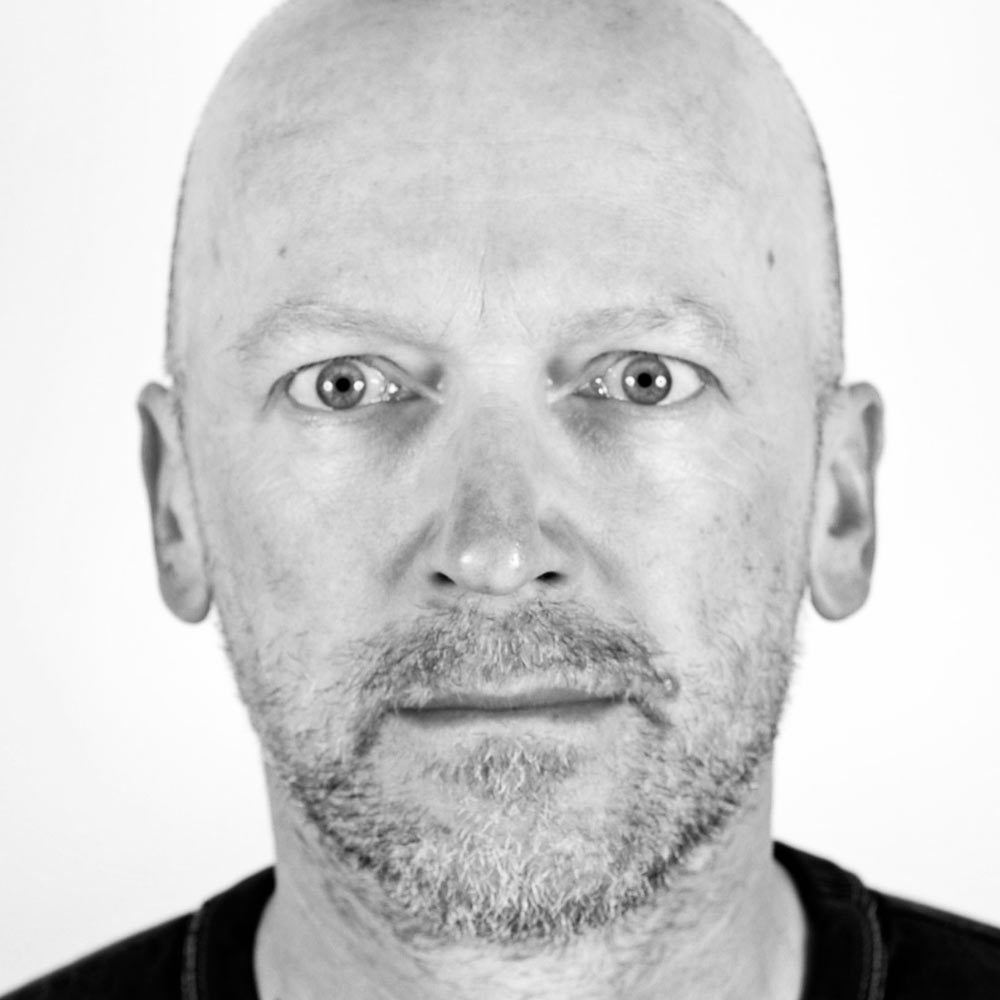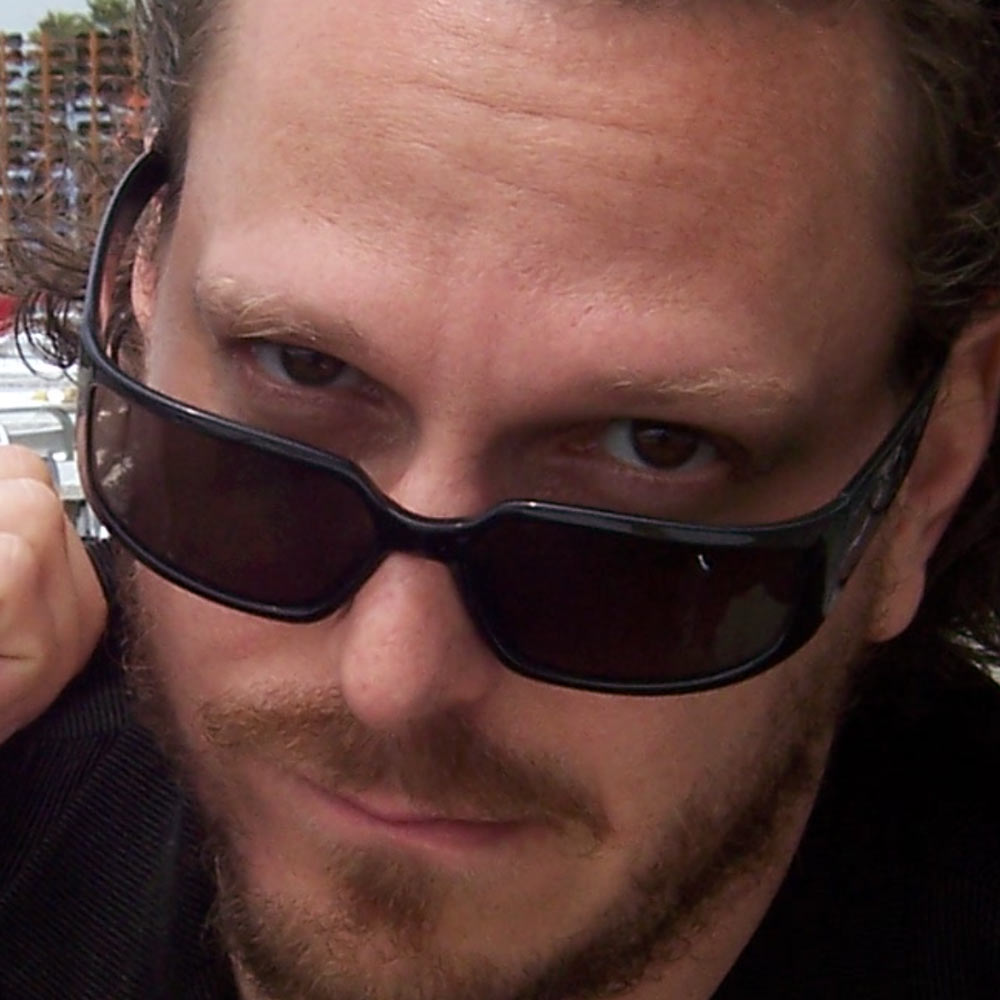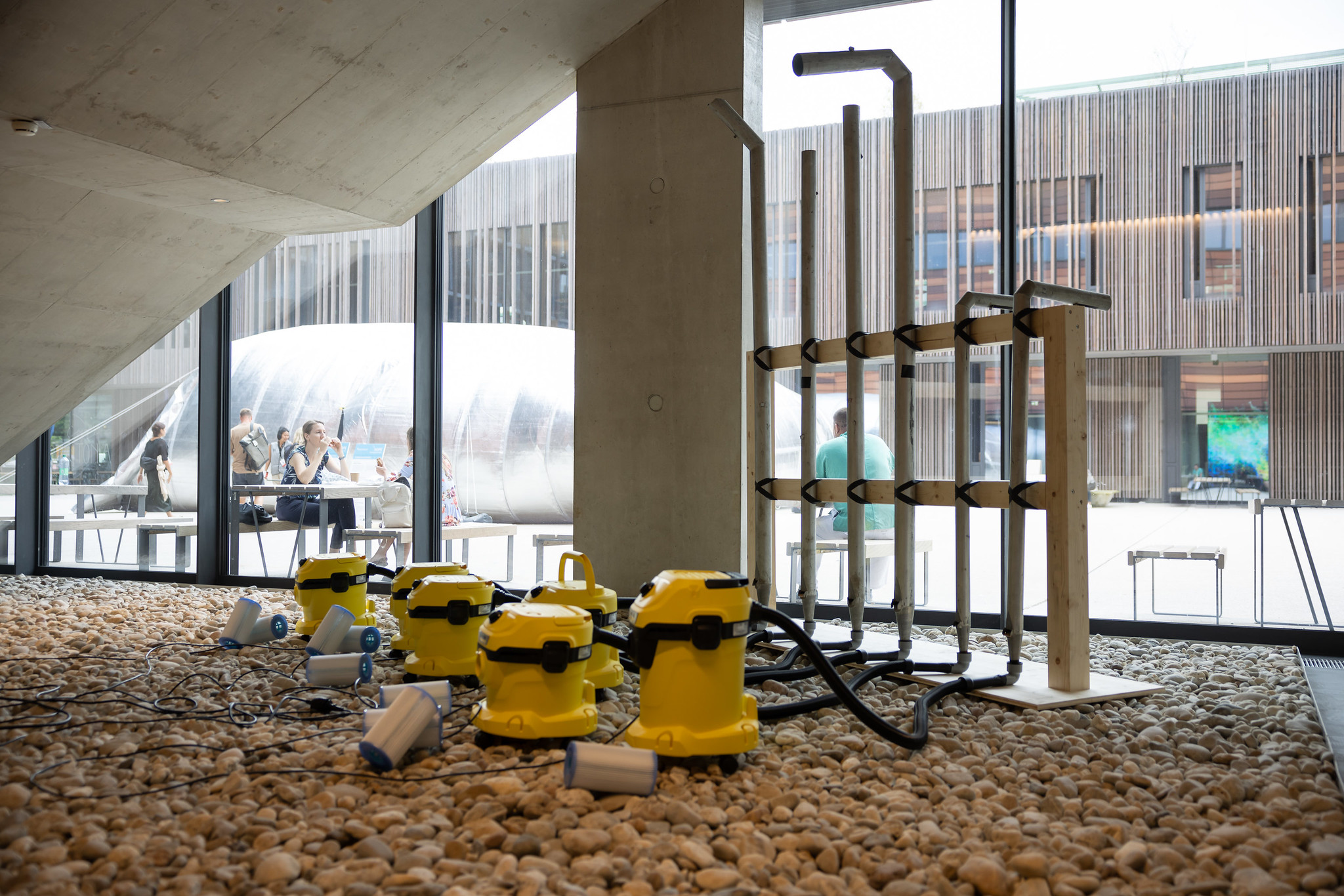Climate is not only a meteorological component, but there is also a social climate. This climate is a bit affected at the moment, maybe even “bad”— there is a hidden stench of suppressed emotions and worries, which we are going to clean at least locally with a climate organ.
In Climate Organ, nine “Kärcher” vacuum cleaners with a blowing function, each connected to an old church organ pipe, become a complete instrument with intuitive interfaces tied together: an instrument for sucking in and cleaning the “bad” air of a society consisting of despondent worries about the future and unsolved social issues hampering daily life in our society; an instrument for joyfully transforming this “bad” air into a dynamic sound image, a multi-toned acoustic counter-voice of bravery and happy rebellion against conformity and despondent silence.
Bios
-
 Photo: Chris Bruckmayr
Photo: Chris BruckmayrChris Bruckmayr
AT
Chris Bruckmayr studied communication science, politics and history at the University of Vienna. He is an academically-certified market and opinion researcher. A sound and performance artist, Bruckmayr produces electronic music under the name “raum.null” for the label Belgrade Dubs. He conducted various performances at the Ars Electronica Festival between 2015 and 2018, and at Connected Ink 2021 in collaboration with Wacom Co., Ltd.
-
 Photo: Klaus Dieterstorfer
Photo: Klaus DieterstorferKlaus Dieterstorfer
AT
Klaus Dieterstorfer is a technical manager with a diverse field of activity. He completed his studies in Energy and Environmental Engineering and Sustainable Energy Systems. The desire to combine technology, art and social issues led him to Ars Electronica in 2008, where he was able to realize numerous exhibitions as a technical project manager. Since 2015 he has been CEO of the company Peakimpact.
-

Rupert Huber
AT
Rupert Huber is a composer who is best known for his piano music and music installations. He has been travelling the world with his electronic music project TOSCA for the last 25 years. Numerous collaborations with Ars Electronica have made him well known in the realm of Media Art. For Huber, music is communication, as well as an active state of peace. His theory of composing, called dimensional music, considers physical space and unknown possibilities to create social and participatory music architecture.
